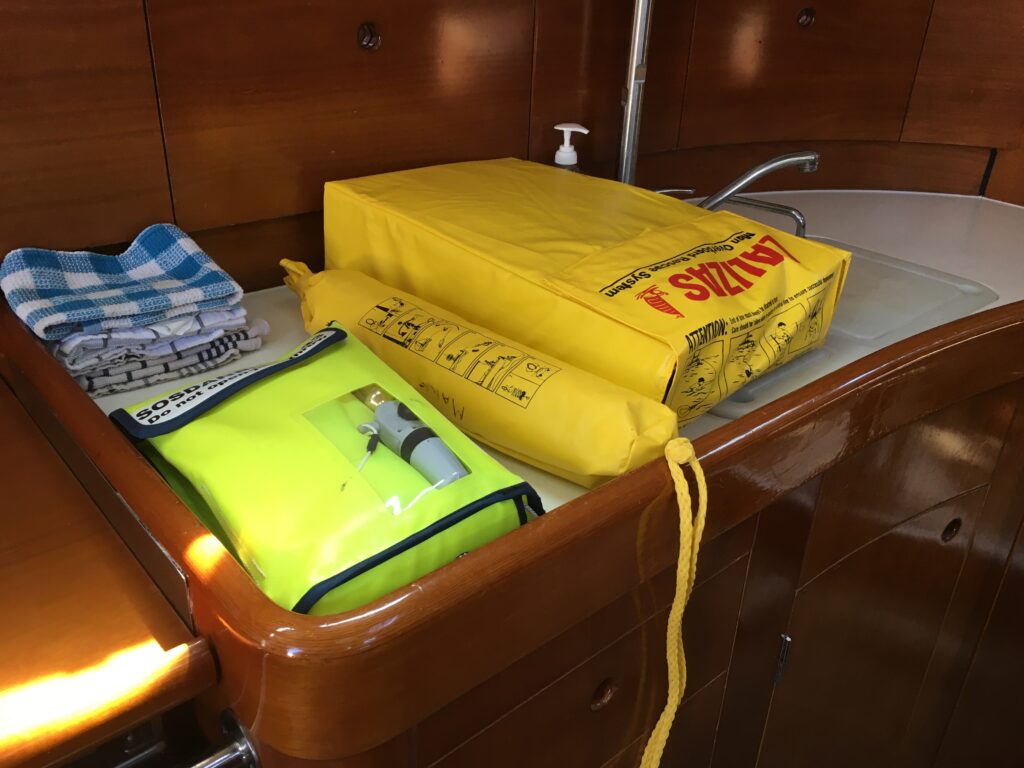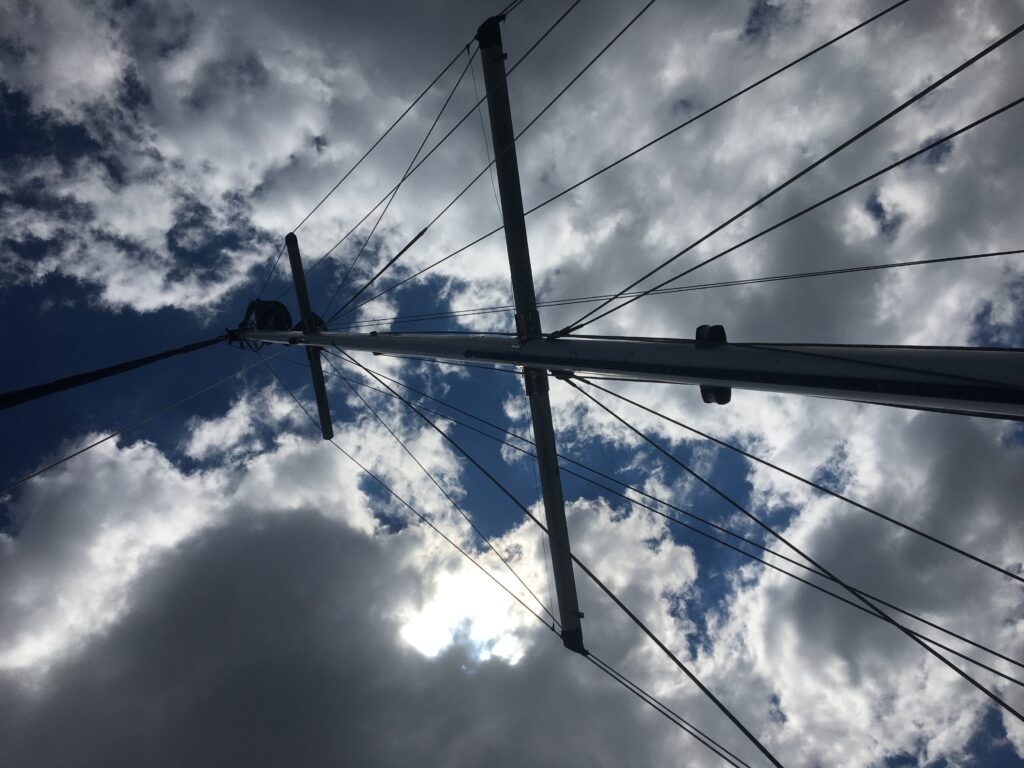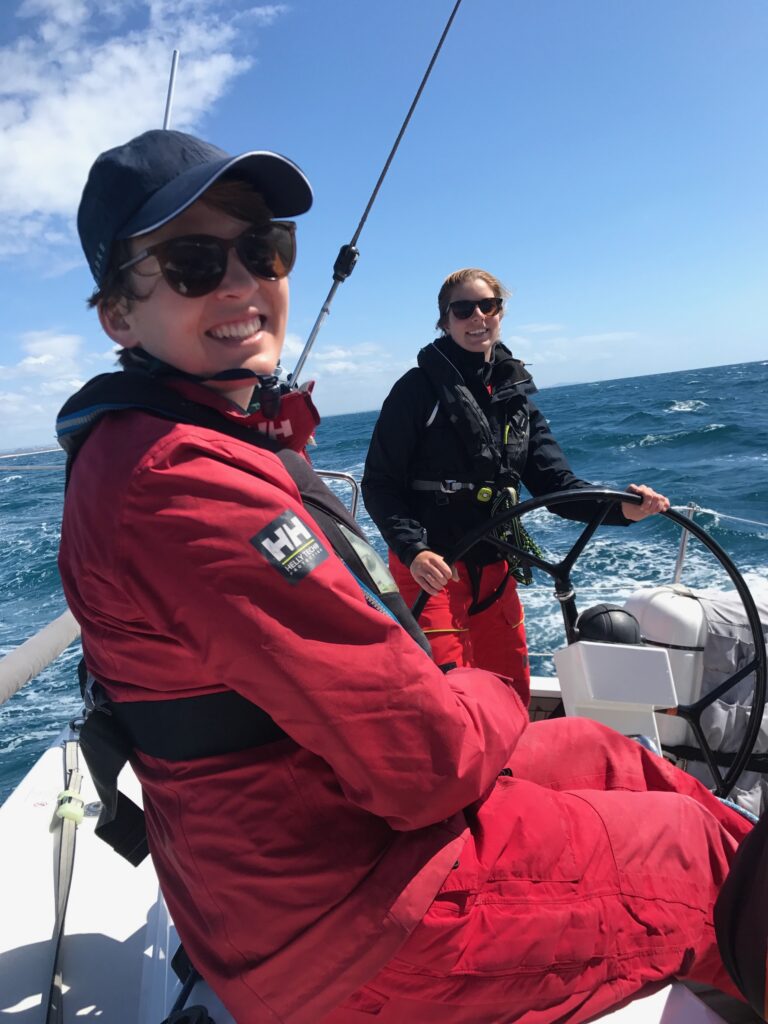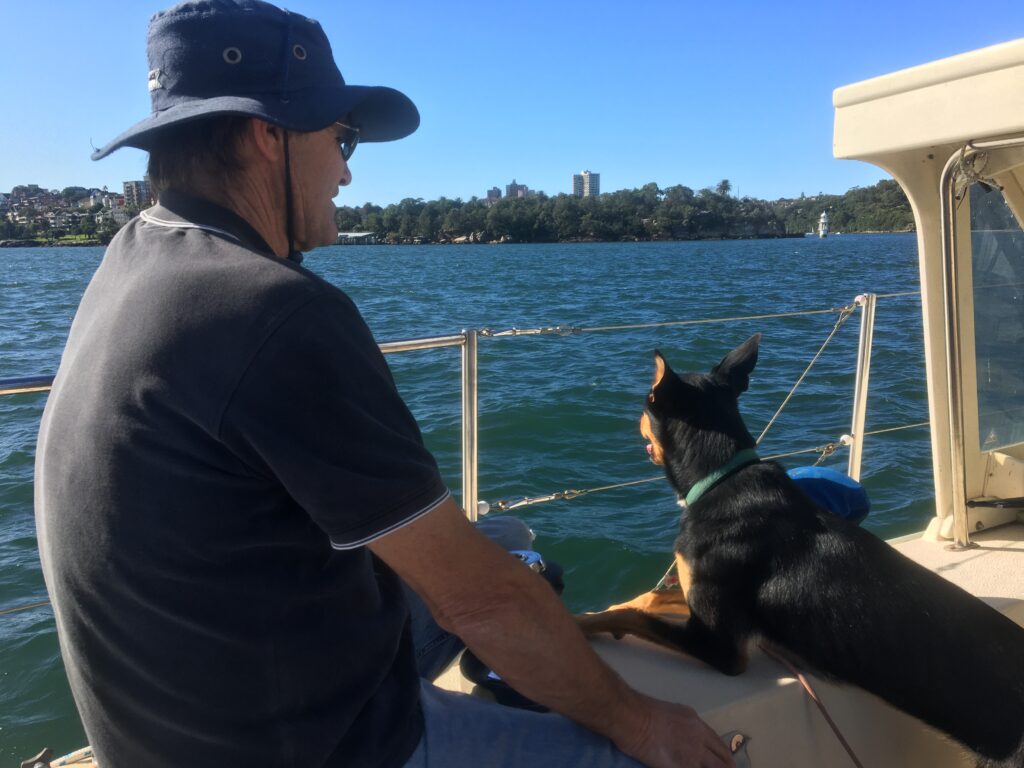In Australia, winter is upon us, which means many cruisers and racers in the southern states will soon be making the journey north to Queensland and beyond.
But as Alan Punch, an RYA Navigation Instructor with Navathome Australia, writes, to ensure a safe and uneventful passage, it is essential that boat owners and crew undertake some straightforward boat checks before departure.
American author and businessman Robert Townsend famously said, “Getting there isn’t half the fun, it’s all the fun”, but clearly he was never on a boat when something had broken.
Planning passages up the coast has us thinking of the good bits. Evenings on the water, sunrises and sunsets in the ocean wilderness, the lack of work and mobile phones, and the wildlife that joins you along the way.

These great plans can all get thrown away when something important breaks on the journey. The slow fall of mast and sails toppling over, or that worrying feeling as the engine starts to make smoke and rattle. The jury is still out on whether it is worse to break something at the start of the trip or on the way, but either way, a breakage that ends a journey is one of the most frustrating things. And for almost every failure, afterwards the skipper quietly thinks to them selves: “I knew it was going to break” or “I was going to get that checked.”
The truth of all things is that the majority of all breakages can be avoided by doing regular maintenance, and if they are going to fail they will fail at the worst time, right when you need them the most. Never is this more important than when undertaking a multi-day passage, and especially if you are aiming for a specific event such as a regatta or a planned meetup in a remote bay. Equipment failure can ruin all your plans, and for not dealing with something that can be easily fixed beforehand, the consequences can be huge.

As you start planning your trip, start thinking about a checklist to go through as part of your preparation checks (it is worth keeping a copy of the list so you can use it again in the future). Most of the time the checks are common sense, but what about the things that you used rarely and are almost out of sight.
Some of the basic things that you should check are:
- All your safety equipment is current and serviceable.
- Check your life lines and jackstays.
- Check that your EPIRB is tested and ok.
- Check all your electronic systems are working normally.
- Make sure your bilge pumps all operate correctly.
- Check that all your navigation lights are functioning correctly.
- Check the battery condition and look at your electrolyte levels. Testing the battery specific gravity gives an indication of the overall battery charge.
- For a yacht, do a check of all the standing and running rigging looking for signs of wear or potential failure.

The diesel engine
The marine diesel has a hard life. They are exposed to salt air, on a yacht they are often neglected and used so little they never really get to temperature, and the fuel can be left stagnant for long periods. On a motor cruiser they get a bit more respect, but they are still in a harsh environment and the engine failing can mean you have no power at all.
Every time you leave the dock, you should do the basic checks before starting the engine, however for longer passages, you should expand the checks a bit further. If it hasn’t been serviced all season, then it would be a good time to get that done.

For the longer trips, it is likely that the engine will run for much longer than normal, so small issues that go unnoticed after 10 minutes, could be very concerning after 10 hours. You should consider expanding your checks to include:
- The gearbox oil level and condition. For a sail drive, if there is any emulsion, it can indicate the shaft seal is leaking.
- For a shaft driven prop – check the status of the gland.
- Make sure the engine mounts are secure
- Look at all electrical connections for the starting and charging system to make sure they are all tight and secure.
- Check the exhaust system is all secure and there is no chance of exhaust escaping into the cabin.
- If you have an engine driven bilge pump, consider giving that a test.

Depending on how long the voyage will be and how far away from ports you may want to consider some essential spares such as drive belts, seawater impellers, and fuel filters along with a good tool kit.
If you are not confident on your diesel engine knowledge, consider doing a marine diesel engine awareness course. At NAVatHOME Australia we have a great online introductory diesel operations course that goes though the details of operation, maintenance checks and fault finding.
The gas burner in the galley
Galley fires are dangerous. For most boats, it is the only spot on a boat where there is an open fire, and potentially flexible lines that supply the gas fuel with the exception for those with an outdoor BBQ. An open fire that gets out of hand is bad news on any boat.
For many boats, the only time the gas stove is used is during a passage, and as with anything that is used infrequently, the first few times it is used after a long break is when you are most likely to have a problem.
Racing yachts often just use camping kerosene canisters, and given the limited fuel each one contains they are likely safer than a gas stove. But they are not very efficient or convenient and so gas stoves are often installed, and they are almost standard on cruising boats. Gas is more efficient, last longer, and easy to refill. But it does mean that you have to take some precautions as you now have a highly flammable fuel source plumed directly into the cabin.
- Make sure you have the gas lines and isolation valves professionally inspected.
- If you have a gas detector fitted, have it professionally tested, if you don’t have one – have one fitted.
- With everything checked, test run the burners at the dock to make sure they hold a stable flame.
- Make sure your extinguishers are all charged and in date.
The last thing you want is to crank up the stove during your first night at sea, only to find you have a roaring fire down below.
The steering gear
Have you ever been in the situation where you are underway and surfing the waves, or navigating through a harbour, only to turn the wheel and find nothing happens and that your steering has failed? You could not find a worse time for the steering to fail, but it has happened.

Steering cables stretch and they can jump off the steering drum, hydraulic steering could suffer a hose failure and fail completely. Fixing these at sea is a lot harder then checking everything and making sure it is all sorted while you are at the dock. The steering spaces are often cramped, awkward, and you could potentially get caught. A quick check on the dock can save a lot of time later.
For cable steering – having the right tension gives a firm response to the helm, and yet does not make the steering heavy due to friction.
- Tension should be firm, production boats will have the right amount of tension given in the user manual, while race boats will vary due to the geometry of the setup. However as a rule, flexing the lines should result in a maximum of about 30mm of movement.
- Make sure there are no signs of damage or corrosion on the cable and the end terminations all look secure.
Hydraulic steering can be a bigger problem to fix, so taking the time beforehand is much better. Look for:
- Any signs of damage on the hose
- Any indication of leaking hydraulic fluid.
- Indication of corrosion on the couplings
- Look at the hydraulic ram to see if it is leaking
- Turn the wheel from side to side a few times to look for problems
It only takes a few minutes to check that your steering is ok, but it can save a long trip on emergency steering or a hard bump in a harbour.

Doing the checks before a long trip is not the most glamorous part of the trip. Remember – everything that you can check and repair before you head off is another thing that is less likely to go wrong on the journey. If nothing breaks, then getting there will be part of the fun.
By Alan Punch
Alan Punch is an RYA Navigation Instructor with NAVatHOME Australia, and has a degree in Instrumentation and Control System engineering.

























